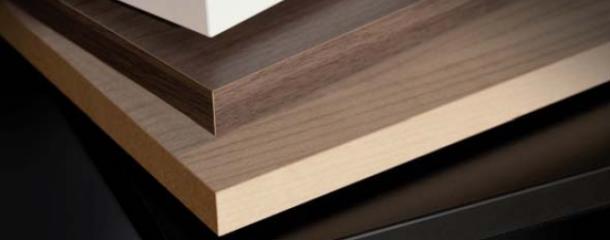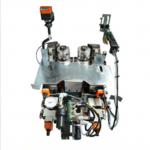Zero joint - Requirements
Záznam uvidíte za
       How does the zero joint succeed?A successful zero joint depends not only on the edge, the functional layer or the applied technology, but also on the woodworking machine and the material quality of the workpieces. The zero-joint gluing can be carried out by machine with an edgebander or a CNC-machining centre with an edgebanding aggregate. Manually guided zero-joint edge banding machines are suitable for building construction where edgebanding is carried out on the building site. The challenge here is: With zero-joint gluing, there is no adhesive mass between the edgeband and the workpiece plate which could compensate for any unevenness in the narrow side. Precision is therefore the top priority. Mechanical engineering requirementsMachine frame
Premilling unit
Edge finishing units
Spraying device
Setting requirements
Material requirements of the workpiecesA watertight zero joint can only be achieved with perfect processed material.
Retrofit an existing machineIn order to retrofit an existing machine with a zero joint unit, the sanding from top mentioned technical requirements must be met. Basically, there is no change in the construction and sequence of the aggregates. Only in the area of adhesive application, the zero joint unit is installed instead of a hot-melt glue system. Many manufacturer of edgebanders offer the retrofitting of zero-joint units in hot air technology for their own machines. Brand independent suppliers
With regard to performance, different aggregates are offered. Decisive parameters are edge height and feedrate. |
CNC obrábění894
Opracování hran630
Pílení439
Hoblování188
Frézování181
Vrtání, Dlabání135
Lisování, Spájení201
Broušení320
Dopravníky, Skladování, Balení200
Povrchová úprava152
Výrobní linky127
Topení, Sušení, Drcení62
Odsávání, Stlačený vzduch, Vakuum134
Technika montáže, pracovní stoly15
Soustružení29
Nástroje, Ostřeší91
Ostatní, Příslušenství131


